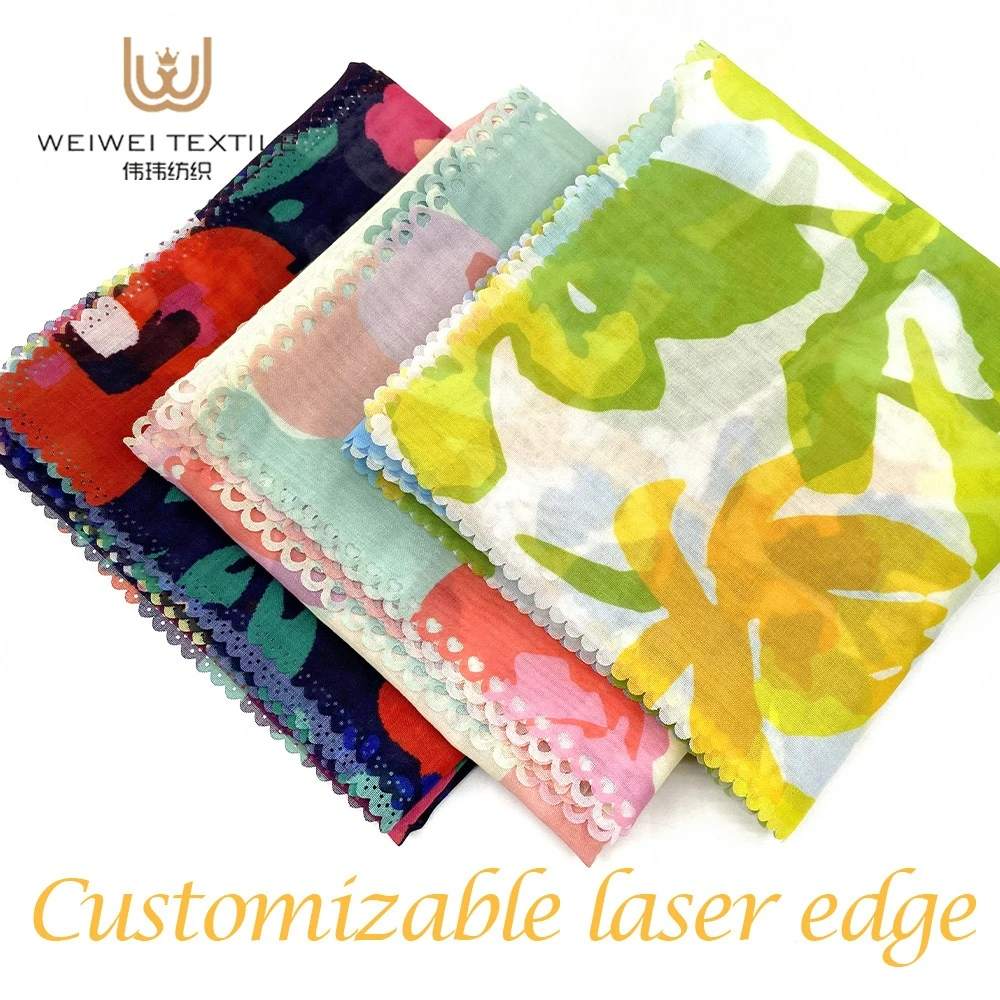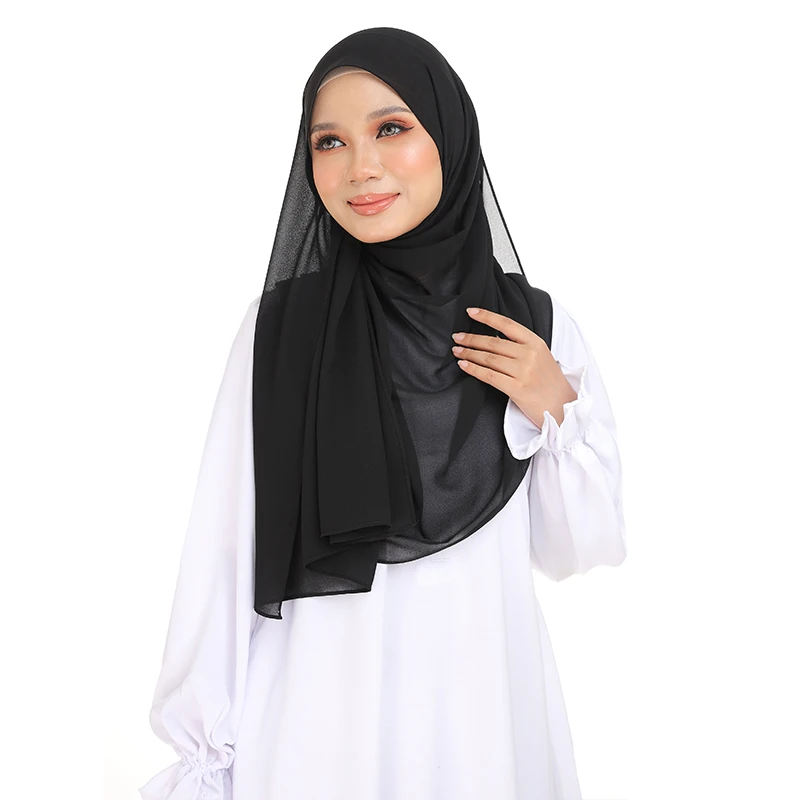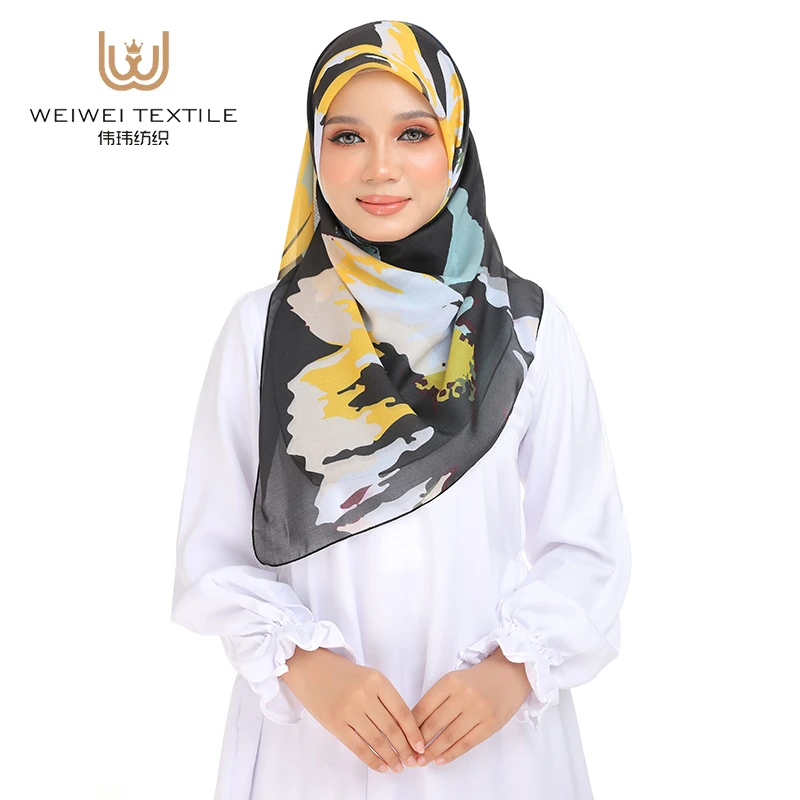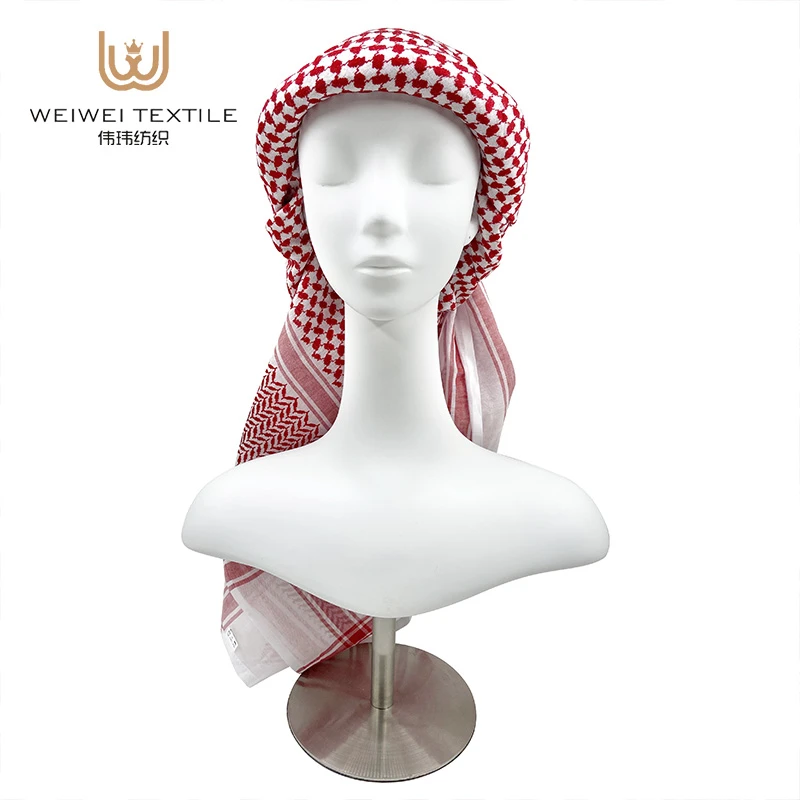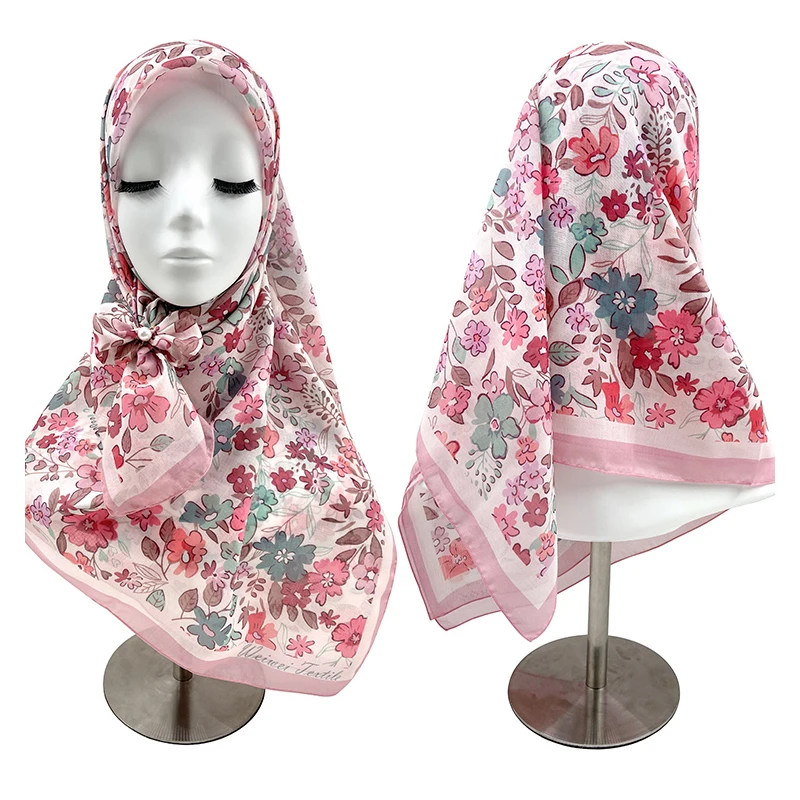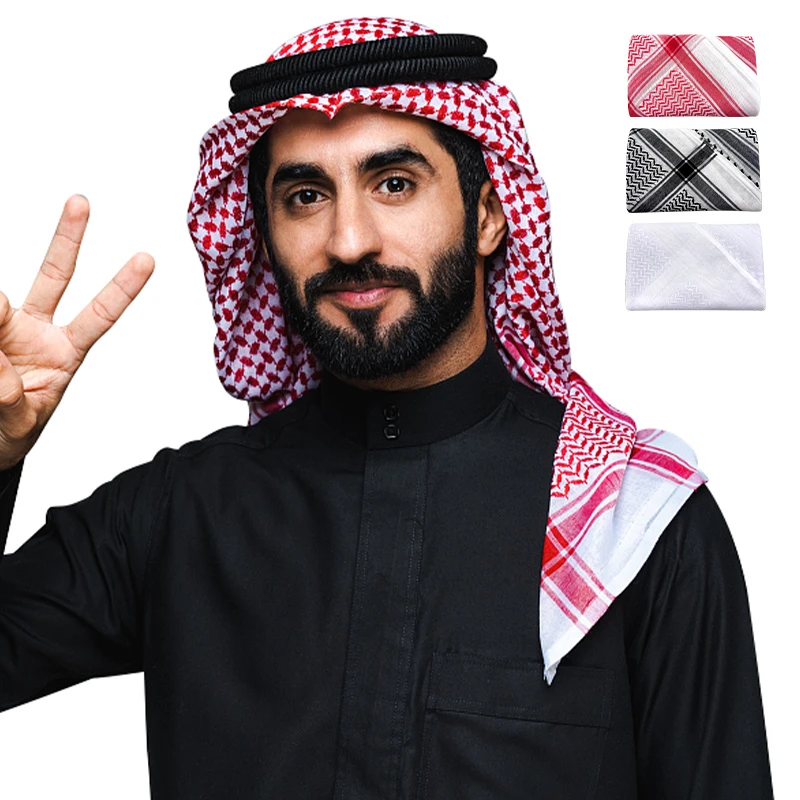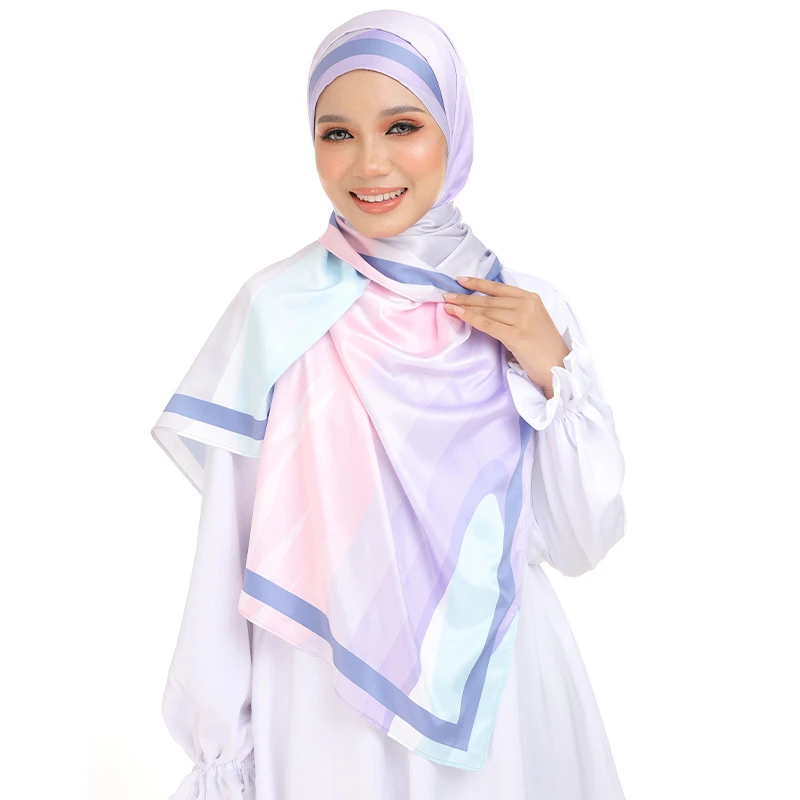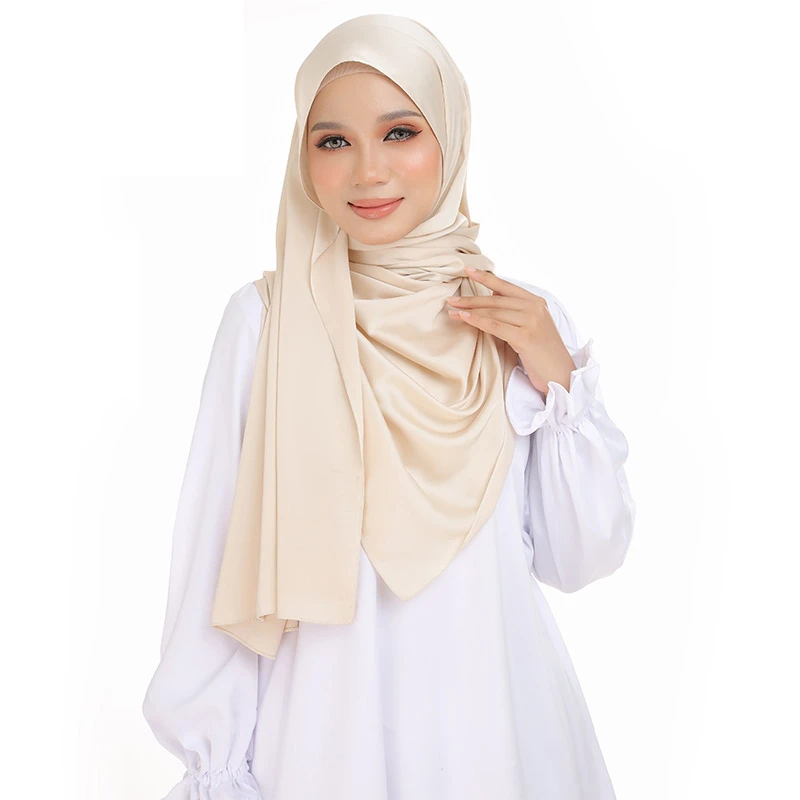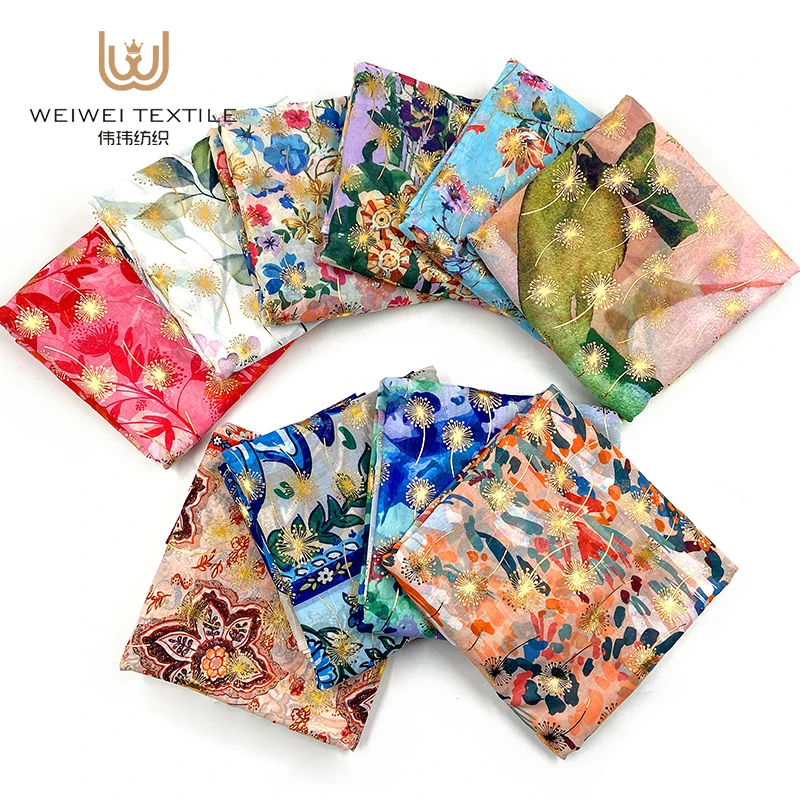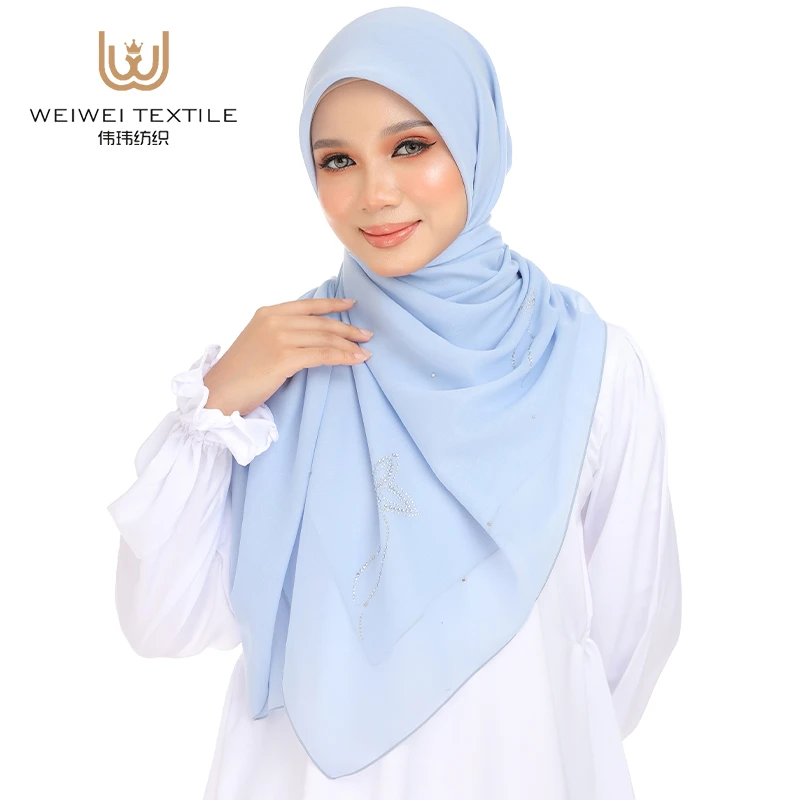Aug . 18, 2025 04:20 Back to list
Premium Satin Scarf Wholesale | Bulk Silk Scarves & Colors
Navigating the Evolving Landscape of Satin Scarf Wholesale
The global market for textile accessories, particularly scarves, has witnessed significant transformation driven by evolving fashion trends, sustainable manufacturing demands, and the pervasive influence of digital commerce. Within this dynamic environment, the demand for satin scarf wholesale has seen consistent growth, fueled by its versatility, aesthetic appeal, and perceived luxury. This segment caters to a broad spectrum of B2B clients, including fashion houses, retail chains, corporate gifting agencies, and beauty industry suppliers. The market is propelled by key trends such as the increasing consumer preference for versatile accessories, the rising adoption of ethical and eco-friendly production practices, and the surging popularity of online wholesale platforms. Data from recent market analyses indicates a compounded annual growth rate (CAGR) of approximately 5.5% for the global scarf market from 2023 to 2030, with satin and silk variants playing a pivotal role in this expansion due to their inherent qualities like smooth texture, vibrant dye absorption, and elegant drape. This growth trajectory underscores the critical importance of understanding the intricate aspects of sourcing and manufacturing high-quality satin scarves for businesses aiming to capitalize on this lucrative market segment. Success in this sector hinges on a deep comprehension of material science, production methodologies, and stringent quality control protocols, ensuring that products meet both aesthetic and performance benchmarks expected by discerning clients and end-users.
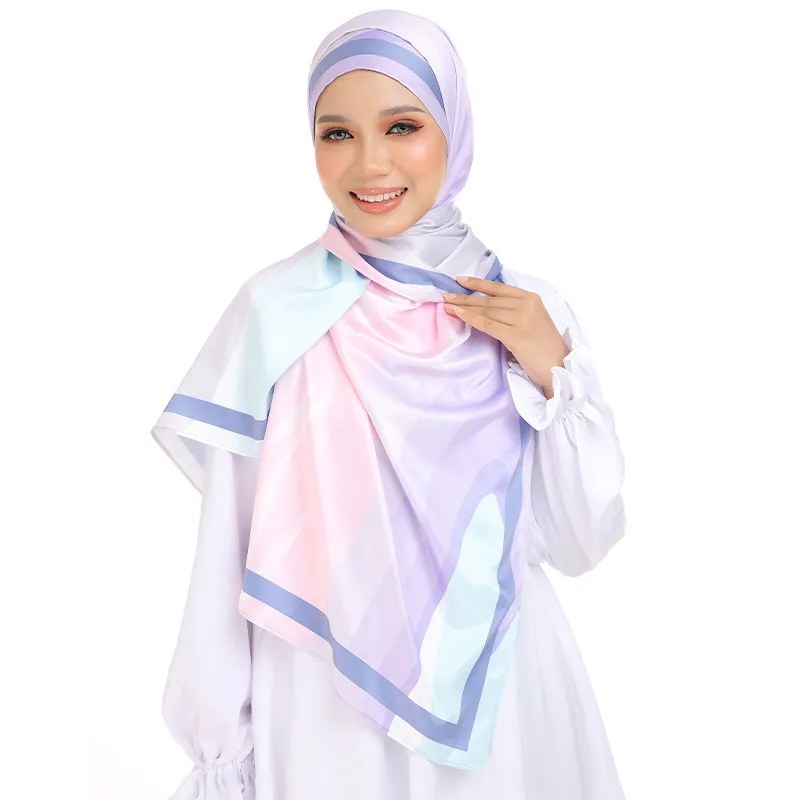
Distinguishing between various types of satin fabrics is crucial for any business engaging in the production or procurement of these accessories. While authentic satin silk scarf options remain a premium choice, offering unparalleled softness, breathability, and natural sheen, advancements in synthetic fibers have led to high-quality polyester satins that mimic many desirable attributes of silk at a more accessible price point. Understanding the specific properties of each — from natural fiber breathability and hypoallergenic qualities to synthetic fiber durability and wrinkle resistance — directly impacts product positioning and target market appeal. Furthermore, specific color trends, such as the demand for a vibrant orange satin scarf or a classic red satin scarf, necessitate a robust dyeing and printing infrastructure capable of achieving consistent, high-fidelity color reproduction that withstands various post-production treatments and end-user wear. The ability to supply a diverse palette, coupled with rigorous quality assurance for colorfastness and material integrity, is paramount for wholesale suppliers aiming to establish a reputable standing in this competitive landscape. This initial understanding forms the bedrock for subsequent discussions on manufacturing processes, technical specifications, and strategic market positioning for wholesale opportunities.
The Meticulous Craftsmanship Behind Satin Scarf Production
The production of a high-quality satin scarf wholesale product involves a sophisticated, multi-stage manufacturing process, meticulously controlled to ensure superior finish and longevity. It begins with raw material selection, primarily selecting premium silk filaments (e.g., Mulberry silk for a genuine satin silk scarf) or high-grade polyester yarns specifically engineered for satin weaving. Following material preparation, the weaving process is critical, where specialized looms employ a satin weave structure—characterized by four or more fill or weft yarns floating over a warp yarn, or vice versa, with fewer interlacing points—to create the distinctive glossy surface and dull back. This unique weaving technique is fundamental to achieving the characteristic drape and luxurious feel of satin. Post-weaving, the fabric undergoes desizing, scouring, and bleaching to remove impurities and prepare it for dyeing. Dyeing can be performed using various methods, including piece dyeing for solid colors (like a deep red satin scarf) or reactive dyeing for silk, ensuring excellent color penetration and fixation. For patterned scarves, digital printing has largely superseded traditional screen printing due to its precision, versatility for intricate designs, and reduced water consumption, adhering to modern environmental standards.
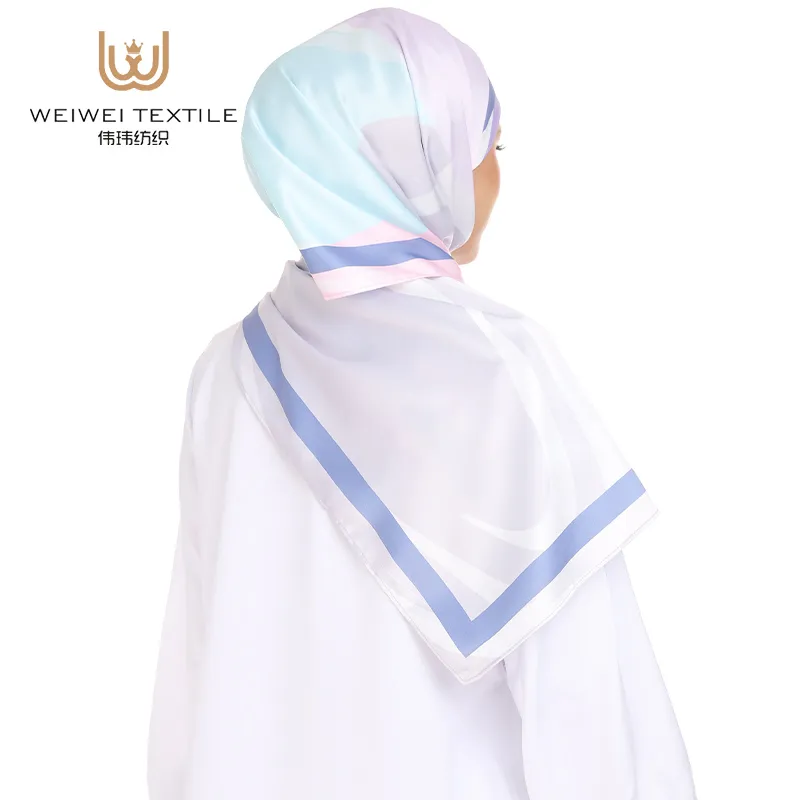
After dyeing or printing, the fabric enters the critical finishing stages. This includes steaming to set the dyes, washing to remove excess chemicals, and calendering to enhance luster and hand feel. Hemming is a crucial final step, often involving hand-rolled edges for premium silk scarves or machine-rolled/frayed edges for other satin variants, ensuring a neat and durable finish. Throughout these stages, stringent quality control measures are implemented. For instance, colorfastness to washing and light is tested according to ISO 105 standards (e.g., ISO 105-C06 for washing, ISO 105-B02 for light), ensuring colors remain vibrant without bleeding or fading over the product's lifespan. Fabric strength and pilling resistance are also assessed using ASTM D4966 and ASTM D4970 standards, respectively, guaranteeing durability. Manufacturers often adhere to environmental and social standards like OEKO-TEX Standard 100, which certifies that the product is free from harmful substances, or BSCI (Business Social Compliance Initiative) for ethical labor practices. The applicable industries for these meticulously crafted scarves range from high-end fashion to corporate branding, where the elegance and longevity of the product are paramount. For example, in corporate gifting, a custom-designed orange satin scarf or any other branded satin scarf serves as a sophisticated promotional item, reflecting the brand's commitment to quality and attention to detail.
Technical Specifications and Performance Benchmarks for Satin Scarves
For B2B buyers engaged in satin scarf wholesale, understanding the underlying technical specifications and performance metrics is crucial for informed purchasing decisions. Key parameters include fabric weight, typically measured in Momme (for silk) or GSM (grams per square meter) for other materials, indicating the density and durability of the fabric. For instance, a 16 Momme satin silk scarf is considered a good balance of durability and luxurious drape, whereas higher Momme counts (e.g., 19 or 22 Momme) signify greater opulence and longevity. Colorfastness ratings are vital, evaluated against various stressors like light, washing, rubbing (crocking), and perspiration; a rating of 4-5 on a scale of 1 to 5 is generally indicative of superior color retention. Furthermore, the thread count and weave density contribute to the scarf's hand feel, smoothness, and resistance to snagging. Beyond these intrinsic material properties, the finishing processes like hand-rolled versus machine-rolled hems significantly impact the product's perceived quality and durability. Hand-rolled hems, a hallmark of luxury silk scarves, offer a more refined and robust edge that resists fraying over time, extending the product's aesthetic and functional lifespan.
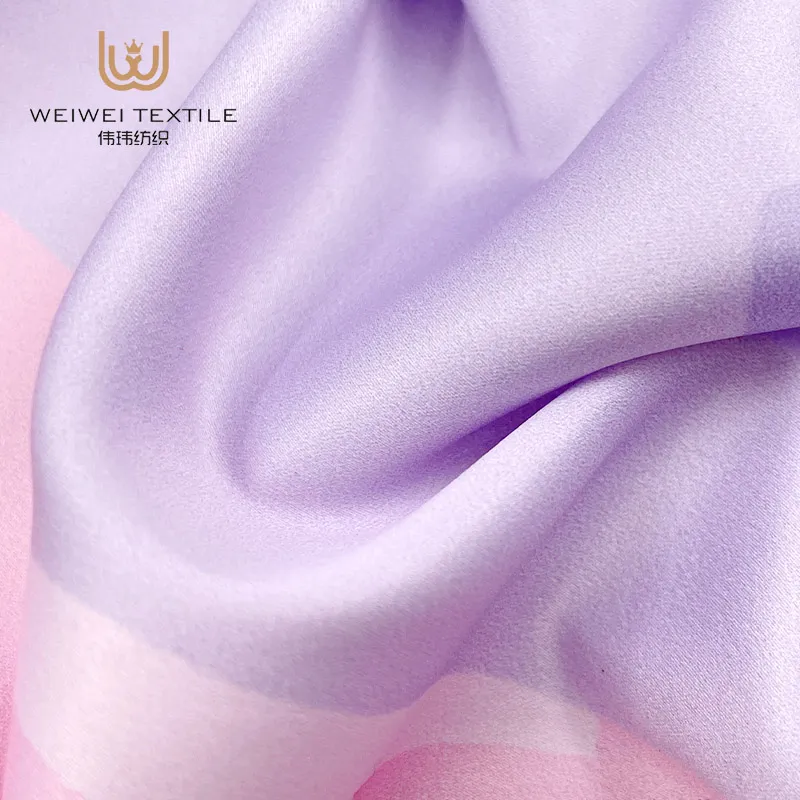
The technical advantages offered by high-grade satin scarves are manifold. Their smooth surface minimizes friction, which is particularly beneficial for hair and skin, reducing frizz and creasing. The inherent luster of satin, achieved through its unique weave, provides a sophisticated sheen that enhances visual appeal, making an orange satin scarf or a red satin scarf appear exceptionally vibrant and luxurious. For silk satin specifically, its natural protein structure offers excellent breathability and thermoregulating properties, making it comfortable across various climates. It is also naturally hypoallergenic and resistant to dust mites, expanding its appeal to a broader consumer base, including those with sensitive skin. These properties are rigorously tested by manufacturers to meet industry-specific standards, often through third-party laboratories. For instance, a reliable supplier will provide comprehensive data sheets detailing tests for tensile strength (ASTM D5034), tear strength (ASTM D1424), and fabric stability (AATCC 135 for dimensional changes after washing), ensuring that the wholesale products consistently perform as expected under typical usage conditions. This data-driven approach to quality assurance provides transparent insights into product integrity, fostering trust with B2B clients and safeguarding their investment.
Typical Satin Scarf Technical Parameters
| Parameter | Silk Satin (e.g., Mulberry) | Polyester Satin | Relevant Standards/Tests |
|---|---|---|---|
| Fabric Weight | 12-25 Momme (e.g., 16 Momme standard) | 75-120 GSM | Momme, GSM |
| Colorfastness to Washing | Grade 4-5 (Excellent) | Grade 4-5 (Excellent) | ISO 105-C06, AATCC 61 |
| Colorfastness to Light | Grade 3-4 (Good) | Grade 4-5 (Excellent) | ISO 105-B02, AATCC 16 |
| Pilling Resistance | Grade 3-4 (Good) | Grade 4-5 (Excellent) | ASTM D4970, ISO 12945-2 |
| Shrinkage Rate | ±3% | ±2% | AATCC 135 |
| Luster | Natural, High Sheen | High Sheen, Synthetic Gloss | Visual Assessment, Glossmeter |
Diverse Applications and Strategic Industry Impact of Satin Scarves
The application scenarios for satin scarf wholesale extend far beyond traditional fashion accessories, permeating various industries that value quality, aesthetics, and custom branding. In the high-end fashion sector, designer brands leverage the luxurious drape and vibrant print capabilities of a satin silk scarf for seasonal collections, elevating outfits with a touch of elegance. These scarves are integrated into luxury apparel lines, often serving as versatile styling pieces for neckwear, headwear, or handbag adornments. For corporate entities, custom-printed satin scarves function as sophisticated promotional items or exclusive employee gifts. A branded red satin scarf, for instance, can enhance corporate identity at events, serving as a memorable and premium giveaway that reinforces brand values. The perceived value and elegance of satin make it an ideal choice for businesses looking to project a refined image, contrasting sharply with more common, less sophisticated promotional textiles. This strategic application demonstrates how a seemingly simple accessory can play a vital role in corporate branding and client relations, offering a tangible representation of quality and thoughtful design.
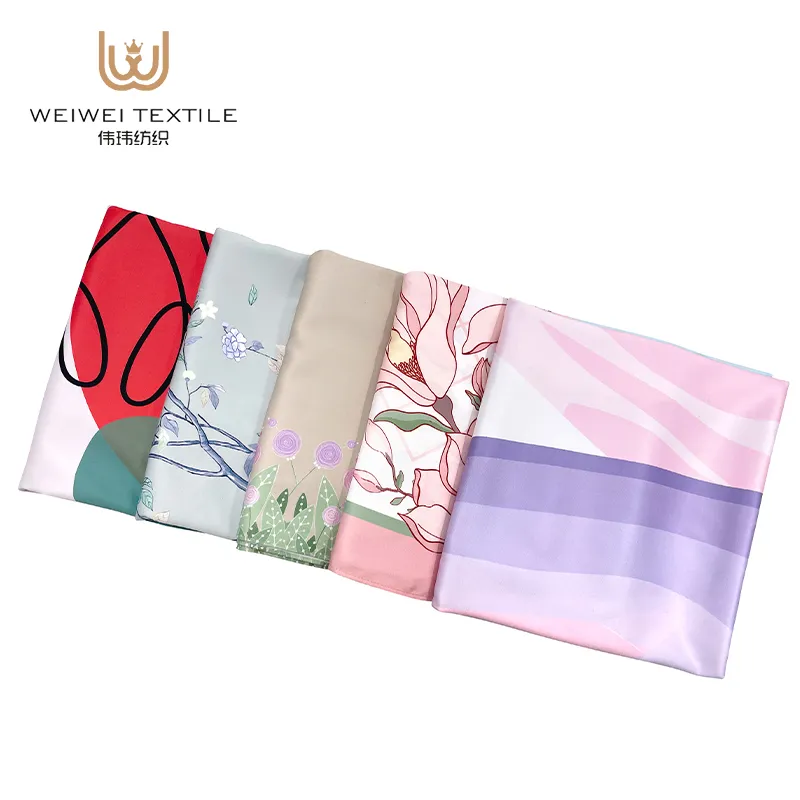
Furthermore, the beauty and haircare industries have embraced satin scarves for their functional benefits. The smooth surface of satin reduces friction on hair, preventing breakage, frizz, and tangles, making them ideal as overnight hair wraps or styling accessories. This specific utility has led to a significant surge in demand for satin scarf wholesale products tailored for haircare lines and beauty salons. Beyond these direct applications, scarves find utility in hospitality (uniform accents), events management (themed accessories for delegates), and even specialized niche markets requiring bespoke textile solutions. For example, a bespoke orange satin scarf designed for a specific event or campaign can create a unique, memorable visual impact. Manufacturers capable of handling diverse order volumes, from small batch custom runs to large-scale mass production, are highly sought after in these varied sectors. The longevity and ease of care for modern satin fabrics, particularly high-grade polyester blends, contribute to their suitability for industrial applications where repeated washing and durability are key considerations. The intrinsic advantages of satin, such as its luxurious aesthetic, smooth texture, and versatility in design, position it as a premium choice across a broad spectrum of commercial and promotional requirements, proving its enduring value in the B2B textile market.
Selecting a Wholesale Partner and Customization Expertise
Choosing the right partner for satin scarf wholesale procurement is a strategic decision that profoundly impacts product quality, cost-efficiency, and supply chain reliability. Key factors for B2B decision-makers include the manufacturer's demonstrated commitment to quality control, evidenced by certifications like ISO 9001 for quality management systems and adherence to specific textile testing standards. A reputable vendor will provide transparent data on fabric composition, colorfastness, and dimensional stability. Furthermore, their manufacturing capabilities, including digital printing for intricate designs or traditional screen printing for large color blocks, should align with your specific product requirements. Minimum Order Quantities (MOQs) and lead times are also critical considerations; established manufacturers often offer flexible MOQs for initial orders and consistent, reliable lead times, typically ranging from 15 to 30 days for production, depending on complexity and volume. Beyond production, the vendor's experience in international logistics and customs compliance can significantly streamline the importing process, minimizing delays and unexpected costs for a global satin scarf wholesale operation.

Customization expertise is a distinguishing factor for leading satin scarf wholesale suppliers. This includes the ability to execute precise custom prints, encompassing complex photographic designs or specific corporate branding, on various satin fabric types. Beyond visual design, customization extends to dimensions (from compact hair scarves to large fashion wraps), edge finishes (hand-rolled, machine-hemmed, fringed), and even bespoke fabric blends. For instance, a client might require a unique blend for a specialized satin silk scarf with specific drape characteristics, or a vibrant orange satin scarf with a distinct pattern matching a seasonal collection. Advanced manufacturers offer comprehensive design support, including CAD mock-ups and sample production, allowing clients to visualize and approve designs before mass production. The ability to integrate custom labeling, packaging, and even compliance with specific market regulations (e.g., California Proposition 65 for chemical safety) showcases a vendor's comprehensive B2B service capability. Case studies often highlight successful collaborations where a manufacturer's design adaptability and technical prowess enabled a client to launch a unique product line, such as a series of intricately printed scarves for a museum gift shop or branded accessories for a global beauty conglomerate, underscoring the value of a truly collaborative wholesale partnership.
Ensuring Trust and Value: FAQs, Delivery, and Support
Establishing trustworthiness and ensuring robust support mechanisms are paramount for any successful B2B relationship in the satin scarf wholesale sector. A transparent and client-focused approach, often encapsulated in comprehensive FAQ sections and clear policy statements, builds confidence. Common inquiries from B2B clients often revolve around production lead times, minimum order quantities (MOQs), payment terms, and customization capabilities. Typical production lead times for custom satin scarves range from 15 to 35 business days, depending on the order volume, design complexity, and material availability, with an additional 5-10 days for international shipping. MOQs vary widely among manufacturers but are generally in the range of 50 to 100 pieces per design for custom orders, whereas stock items might have lower MOQs. Clear communication regarding these parameters, coupled with responsive customer service, mitigates potential misunderstandings and streamlines the procurement process. Furthermore, a detailed explanation of the order process, from initial inquiry and design approval to production updates and final shipment tracking, provides clients with full visibility and control over their orders.
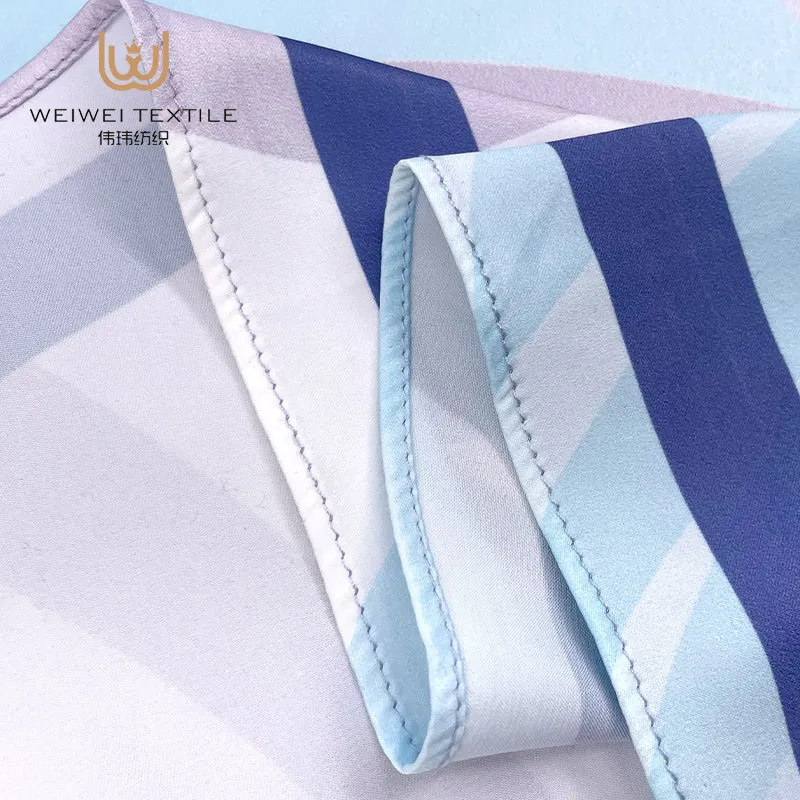
Beyond initial queries, the vendor's commitment to quality assurance and after-sales support significantly influences long-term partnership viability. Reputable satin scarf wholesale suppliers offer explicit quality guarantees, covering manufacturing defects, material inconsistencies, and colorfastness issues, often backed by a return or replacement policy within a specified timeframe (e.g., 30 days post-delivery). This assurance is crucial for clients who need to maintain stringent quality standards for their own product lines or promotional campaigns. Technical support for textile care, specific dyeing processes, or material performance is often provided, further aiding clients in maximizing the lifespan and value of their purchased scarves, whether it’s a delicate satin silk scarf or a robust polyester satin. Comprehensive customer support, including dedicated account managers, streamlined communication channels (email, phone, online portals), and prompt issue resolution, ensures a seamless experience. This holistic approach to client satisfaction, extending from initial inquiry through product delivery and beyond, reinforces the vendor's authority and reliability in the competitive B2B textile market, fostering enduring business relationships built on mutual trust and shared success in delivering premium satin scarf solutions.
Frequently Asked Questions (FAQs) for Satin Scarf Wholesale
-
Q: What is the typical lead time for custom satin scarf orders?
A: Production lead times for custom orders generally range from 15 to 35 business days, depending on the complexity of the design, order volume, and specific fabric availability. This does not include shipping time, which typically adds an additional 5-10 days for international deliveries via express air freight or 25-45 days for sea freight.
-
Q: What are your Minimum Order Quantities (MOQs) for satin scarves?
A: For custom designs and prints, our MOQ typically starts from 50 pieces per design/color. For ready-to-ship stock items, MOQs can be lower, often starting from 10-20 pieces. We recommend consulting with our sales team for specific project requirements as MOQs can sometimes be adjusted based on material availability and production schedules.
-
Q: Do you offer samples before mass production?
A: Yes, we highly recommend sample production for all custom orders. This allows clients to assess the fabric quality, print accuracy, color fidelity (e.g., for an orange satin scarf or a red satin scarf), and overall craftsmanship before committing to a larger production run. Sample fees and lead times will be quoted separately based on design complexity.
-
Q: What quality certifications do your satin scarves meet?
A: Our manufacturing processes adhere to international quality standards, including ISO 9001 for quality management. Our fabrics are frequently tested for colorfastness, shrinkage, and harmful substances, often meeting OEKO-TEX Standard 100 certifications, ensuring products are safe and free from banned chemicals. Specific test reports can be provided upon request for satin silk scarf and polyester satin products.
-
Q: What is your policy on returns or quality issues?
A: We stand by the quality of our products. In the rare event of manufacturing defects or discrepancies with approved samples, clients are encouraged to notify us within 30 days of receipt. We will work diligently to assess the issue and provide appropriate solutions, including replacement or credit, in accordance with our comprehensive quality assurance protocols.
Conclusion: The Future of Satin Scarf Wholesale and Authoritative References
The landscape of satin scarf wholesale is characterized by continuous innovation in material science, manufacturing technologies, and strategic market positioning. As consumer preferences evolve towards sustainable and versatile accessories, the demand for high-quality satin silk scarf and advanced polyester satin options is poised for sustained growth. Success in this B2B sector hinges on partnering with manufacturers who not only demonstrate technical prowess in production and rigorous quality control but also possess profound expertise in customization and responsive client support. The ability to navigate complex global supply chains, adhere to international standards, and provide tailored solutions for diverse industry applications will define leadership in this dynamic market. For businesses aiming to capitalize on the increasing global appetite for luxurious yet functional textile accessories, a deep understanding of the intricacies of satin scarf production, from raw material selection to post-finishing quality assurance, is indispensable. This comprehensive insight, coupled with a commitment to innovation and client-centric services, ensures a competitive edge and fosters long-term success in the wholesale distribution of these highly sought-after fashion and functional items.
Authoritative References
- ISO 105: Textiles – Tests for colour fastness – General principles for testing. (International Organization for Standardization)
- OEKO-TEX Standard 100: Testing for harmful substances in textiles. (OEKO-TEX International Association)
- ASTM D4970: Standard Test Method for Pilling Resistance and Other Related Surface Changes of Textile Fabrics. (ASTM International)
- ASTM D5034: Standard Test Method for Breaking Strength and Elongation of Textile Fabrics (Grab Test). (ASTM International)
- ResearchGate: Studies on the properties of silk and polyester fabrics. (Academic Research Platform)
-
Why Choose a Chiffon Scarf? Lightweight & Breathable Benefits
NewsAug.07,2025
-
Trends in OEM Printed Muslim Women Hijab Fashion
NewsAug.07,2025
-
The Benefits of Choosing a Satin Scarf for Hair Protection
NewsAug.07,2025
-
Satin Scarf Outfits: From Casual to Elegant - A Complete Style Guide
NewsAug.07,2025
-
How to Tie a Voile Scarf as an Elegant Head Wrap
NewsAug.07,2025
-
Eco-Friendly Fabrics and OEM Printing Techniques for Sustainable Muslim Women’s Hijabs
NewsAug.07,2025




